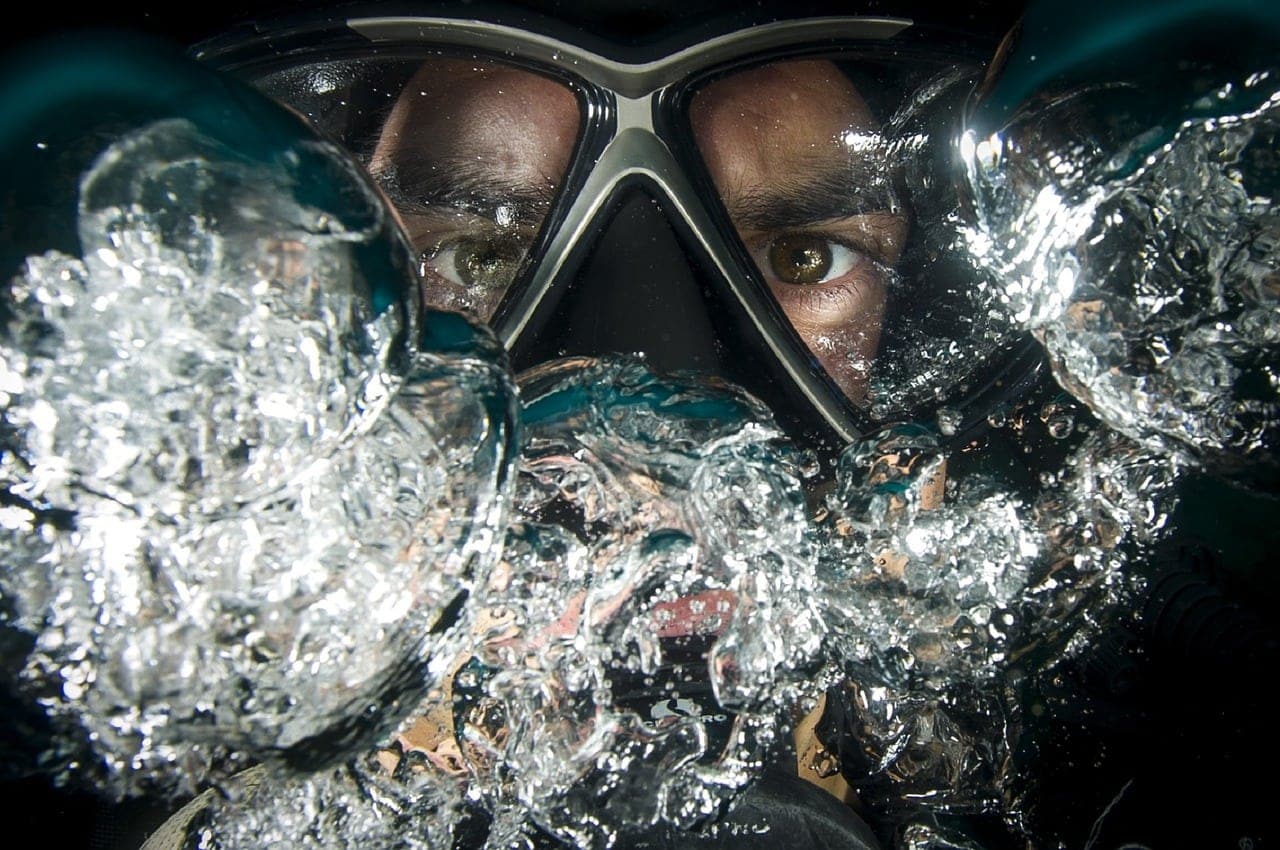If you have ever been interested in scuba diving, surely you have not settled for diving just once, because scuba diving is like olives or cherries. You can't eat just one, right? Once you start, it's impossible to stop ? So if you're a fan of scuba diving and photography, you can't miss the opportunity to take with you those wonderful seabeds that are so magical and within the reach of so few. And if you have never tried this photographic discipline yet , these holidays are a good time to dare with it. Be that as it may, I leave you with a few tips to keep in mind to get impressive images of the underwater world.
And if what you want is to delve into nature photography, this is our most complete guide, with tips, tricks and lots of inspiration.
NECESSARY EQUIPMENT FOR UNDERWATER PHOTOGRAPHY
SLR OR EVIL CAMERA
To fully enter a professional level, the ideal is a camera with manual settings and interchangeable lenses. If yours is an absolute passion for diving, I recommend that you make sure that your camera has compatible housings before buying one camera model or another.
ADVANTAGES
- Obviously it depends on the camera we are using, but a priori a SLR or Evil should give us better results (thanks to its larger sensors and the possibility of using better optics).
DRAWBACKS
- The price, not only of the camera but of the necessary components to use it (flashes, optics, casings...).
- Mobility problems. If diving is already an activity that requires a lot of practice, add to that having your hands full with a heavy camera, its housing, a flash, etc.
- Price: a priori it should be a much more moderate investment than an SLR or Evil camera.
- Mobility: mainly because it weighs less, but also because it is smaller.
- You have the possibility of using different focal lengths without changing the objective.
- They usually have a built-in flash.
- A smaller sensor may affect the appearance of noise in the image.
- Keep in mind that the flash does not behave the same going through the air as it does through water; the water is much denser and takes a lot of power away from the flash (measured in guide numbers or NG)
- If there is a long distance between our objective and what we want to photograph, the flash will bounce against the suspended particles located in the water column that separates one from the other.
- Indispensable for underwater photography. You have them of different qualities, prices and models, depending on the use or the demands you have regarding your dives. HereYou have some models sold by Amazon. Remember to check the compatibility with your camera model before buying.
- rule of thirds
- negative space
- Law of the look
- In portrait format (also)
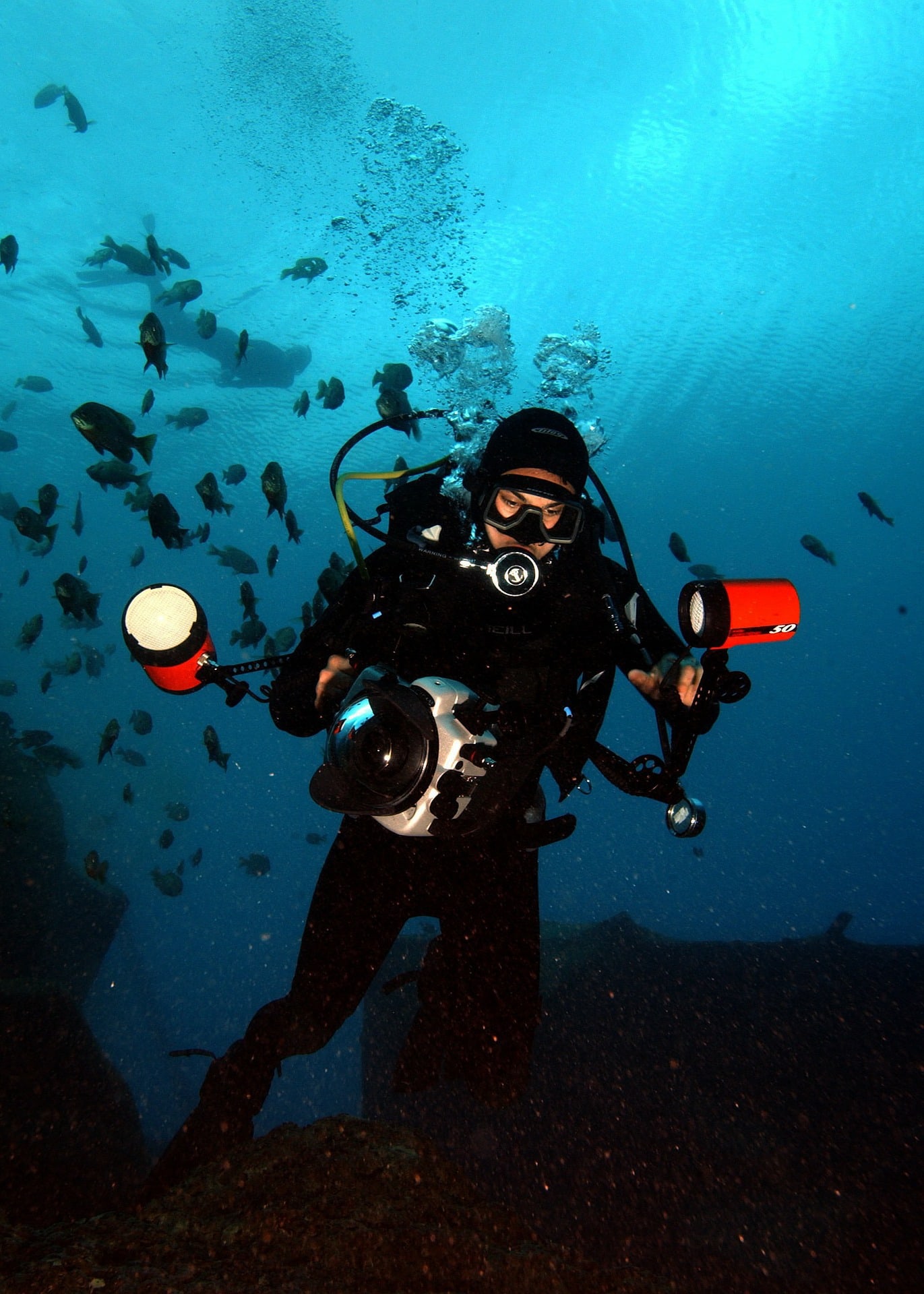
COMPACT CAMERA WITH ADVANCED FEATURES
It is possible that the results may be somewhat limited when comparing an underwater compact camera with a complete SLR (or not, it depends on the quality of your compact and your know-how ? ), but the price is much cheaper, so to start and see if you really like the underwater world, it will surely be more than enough for you.
ADVANTAGES
DRAWBACKS
FLASH
To start in the underwater world, the easiest and cheapest thing to do is to work with your camera's built-in flash , because, although we always recommend taking advantage of the natural light of the scene, as you descend it will be impossible for you to work without flash. Working with an external flash forces you to invest in underwater flashes or housings for external flashes.
WATERPROOF BOX
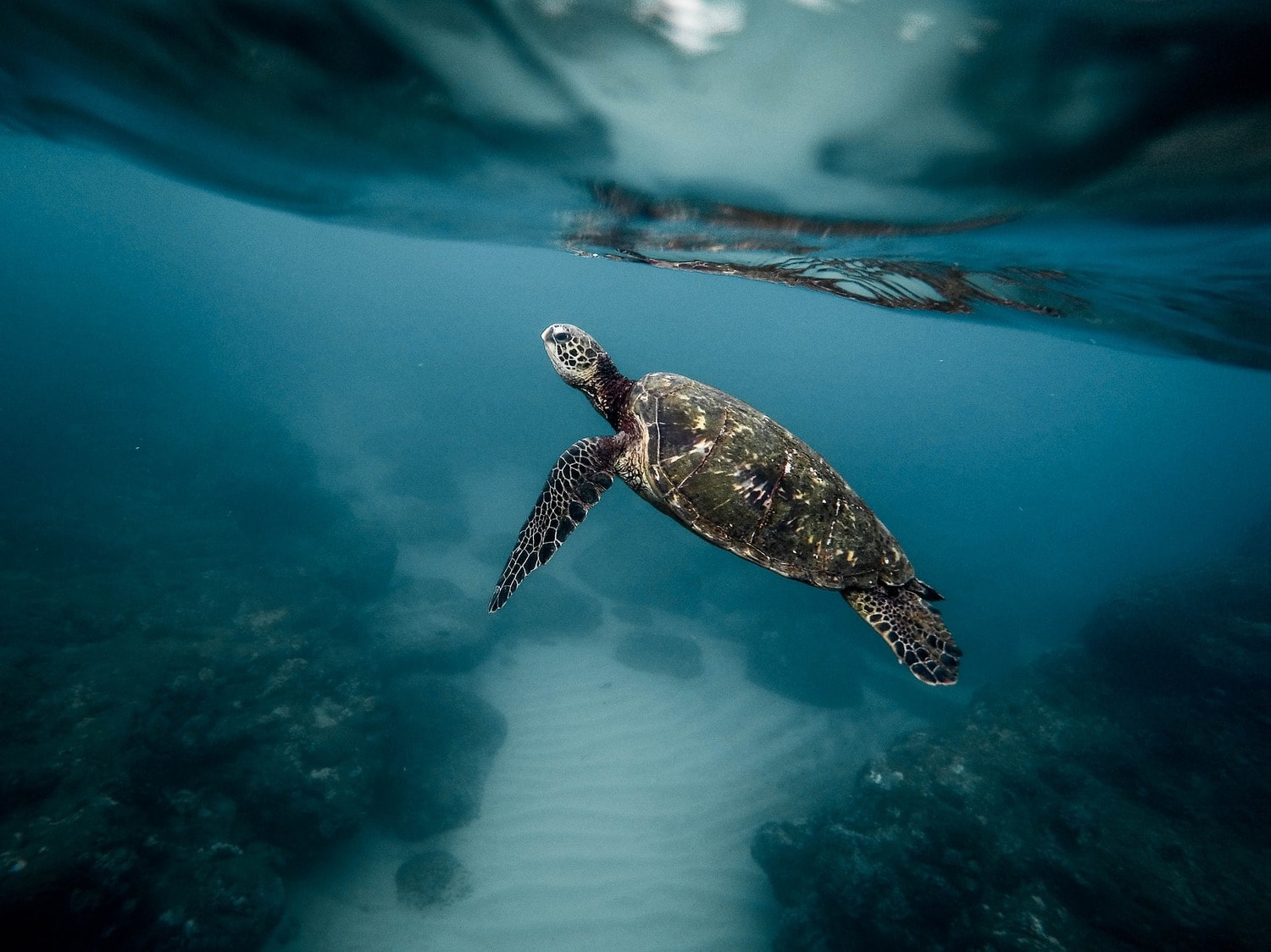
MOST RECOMMENDED LENSES
WIDE ANGLE
Due to its wide degree of vision, the wide-angle lens allows you to capture a large portion of the seascape. In addition, its great depth of field allows us to have practically the entire scene in focus.
MACRO
Macro photography lenses are ideal for photographing details or small subjects since their angle is very small, as well as their depth of field (little area in focus in the image).
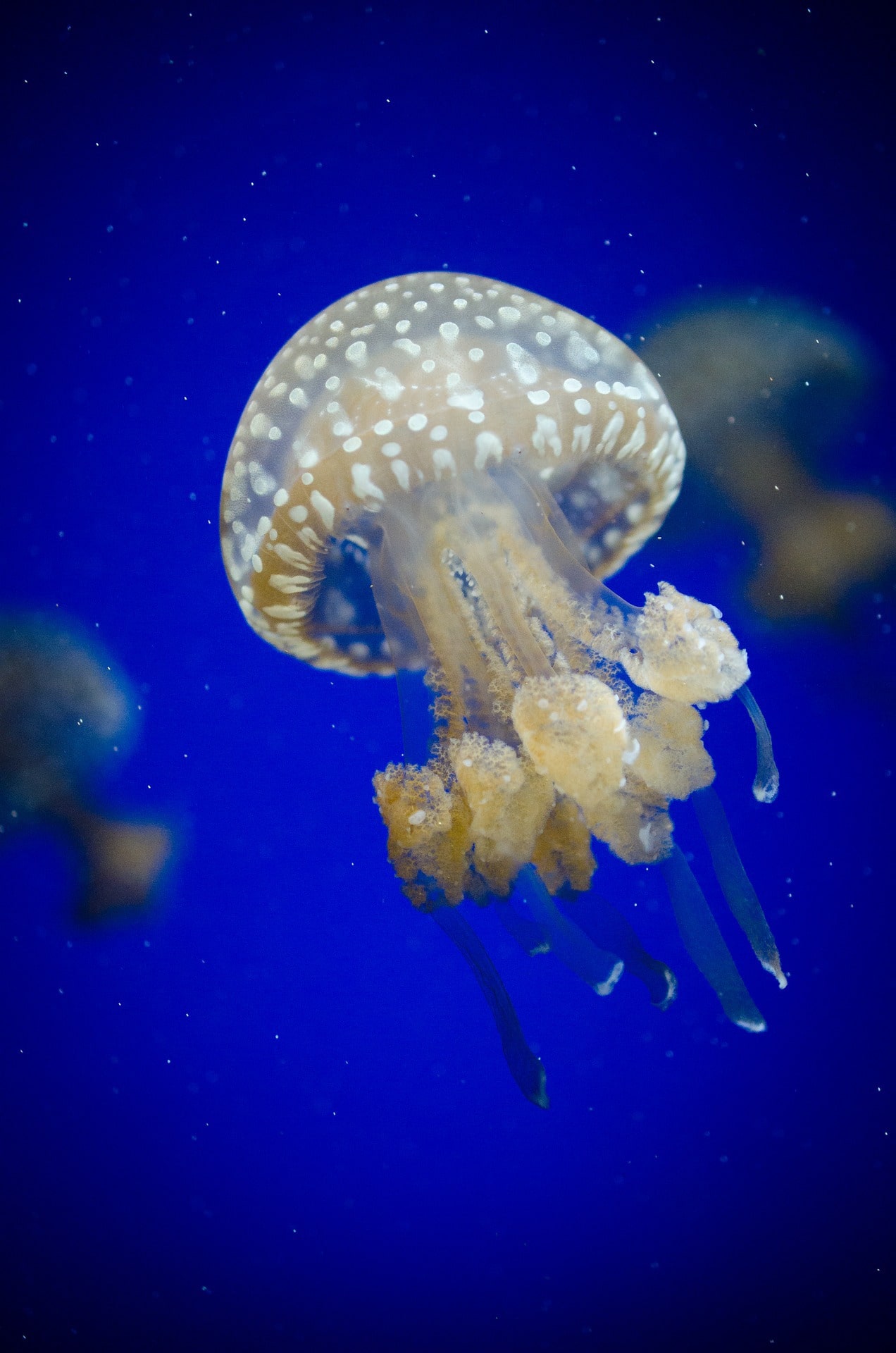
UNDERWATER LIGHT BEHAVIOR
To take pictures underwater, you must take into account that the density of water is 800 times that of air and that you will find numerous particles in suspension that cause loss of color and contrast in objects. All this means that you will find yourself with much less light and sharpness than out of the water, which forces you to get very close to what you want to photograph.
Another important aspect of the behavior of light under water is how the different colors are perceived . You should bear in mind that the different colors are filtered depending on the depth at which we are. That is, some colors disappear depending on how far from the surface we are. Red is the first to disappear, then orange and yellow, finally leaving only blue and green.
Another aspect to take into account is that the horizontal distance also reduces light considerably. Keep this in mind when thinking about your framing.
The position of the sun in the sky also determines the amount and quality of light that enters the water. When it is high in a calm sea, it lets through most of the light rays. On the other hand, with a rough sea or in the early-late hours of the day, the light is reflected on the surface and does not enter the sea so directly, so you will have less light when photographing.
UNDERWATER PHOTOGRAPHY TIPS
The most important thing to obtain good images is that you get as close as possible to what you want to photograph to reduce the water column between your camera and your protagonist. We have already discussed the density of water and suspended particles that reduce vision and sharpness . The less distance there is between your objective and the photographed, the better image quality you will have, as well as more interesting images, more color saturation , contrast, etc. Therefore, it is a good option to try to fill the frame, especially when you have very little light.
THE POINT OF VIEW
Forget about photographing your subject always from above. Although it is the easiest way to do it, since we dive looking down, if you do it you will have images with unflattering backgrounds (such as sand), or uninteresting points of view of the elements, and the result will be images that are rather flat and with little interest.
Isn't it true that we always tell you the importance of shooting a child from his height? The same principles of portraiture that we apply on land, we apply underwater. So if you want to get a more photogenic background, with a greater sensation of depth and color contrast, always try to photograph your protagonists from bottom to top or place yourself at eye level .
Advice : Remember that, in any portrait, the eyes are the main reason, try to keep them well focused.

In this video, the friends of Viajar Buceando present you the different planes and angles with which you can capture your image:
CARE OF THE ENVIRONMENT
There is no photograph in the world that is worth the slightest damage to the underwater world in general and to a coral reef in particular. That is why you must be very careful when approaching one when you dive. It cannot be touched under any circumstances and you have to be very careful not to hit it when flapping away from it. I suppose that if you like scuba diving, you do it out of deep love for the underwater world, but it is worth remembering that you should not bother the animals, that you should not touch them, that you cannot intervene and that you should not go on shooting the poor creatures with our flash.
Likewise, it is especially important that you be careful when touching the floor of the seabed so as not to cloud the water and thus have the maximum sharpness possible when you take your photos.
WHITE BALANCE
If you work with an automatic white balance , the most interesting in this case would perhaps be a cloudy mode , since it would allow you to reduce the blue cast of the water, although it is always more advisable to work in RAW to have better control of all aspects of the image.
HISTOGRAM
Although we recommend it in and for any type of photography, the histogram is absolutely essential in underwater photography to correct in situ any area that has been poorly exposed or that we want to improve. Analyzing the image on the screen is not always reliable since it depends on its quality, the light in the environment, etc., so the only sure way to get the exposure right is by analyzing the image through the histogram.
TIPS FOR ADJUSTING EXPOSURE
Due to the complexity of the light in the underwater environment (water density, low light, suspended particles), you will have to do several tests to find a suitable exposure. If it is the flash that has burned some areas of the image, reduce its intensity. If it is "fault" of the available light, try readjusting the speed or the aperture of the diaphragm.
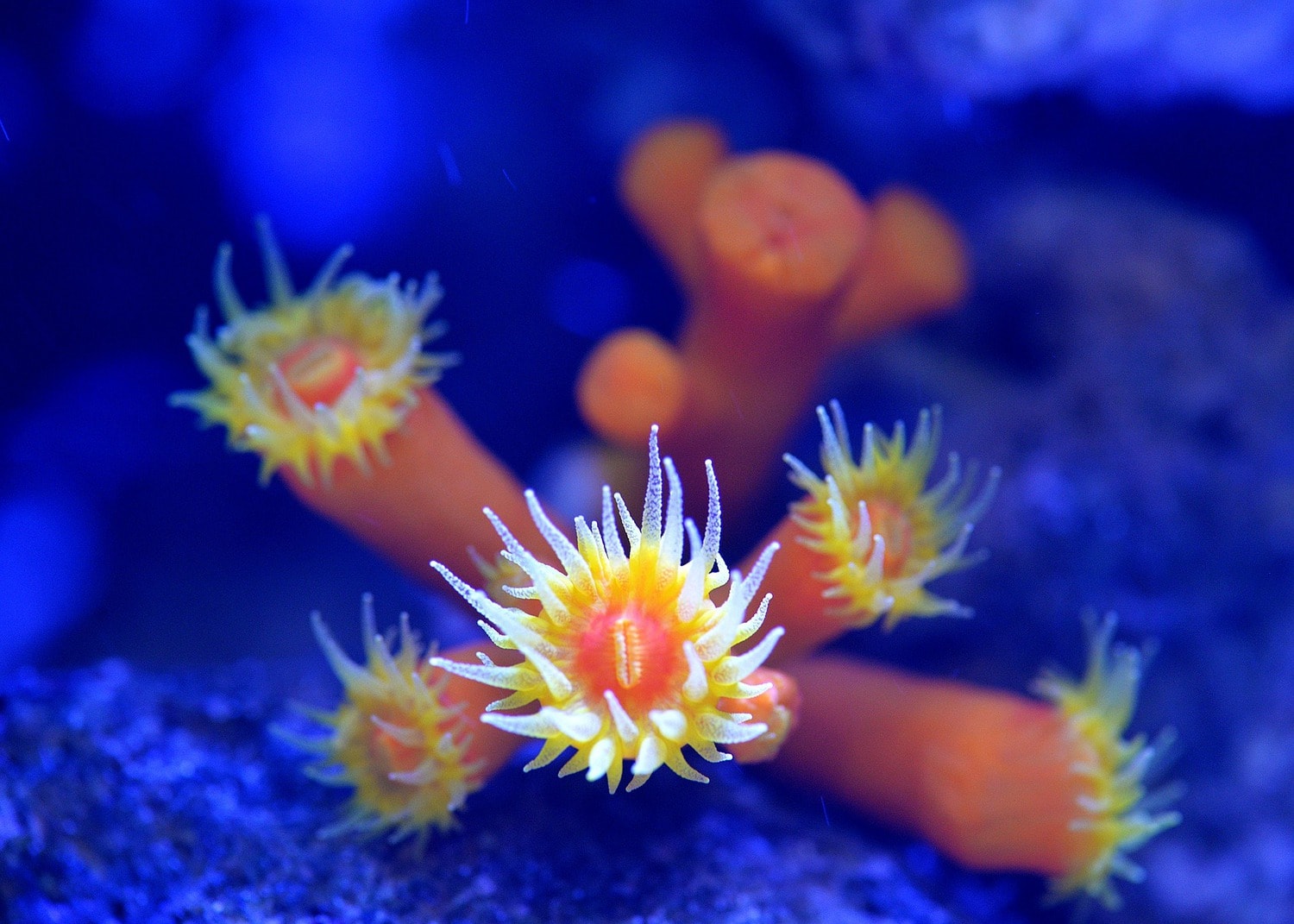
MEASUREMENT MODE
It will depend on the type of immersion or the level of control (and the possibilities of your equipment) that you want to have at all times.
If you have time, the most accurate metering mode is spot . If you have little time for each image, it is best to use a center-weighted measurement mode as a second option (in your first times, if you go with a guide and you are in a hurry…).
FOCUS MODE
For this type of mostly motion photography , it is highly recommended that you use an autofocus mode (AF-A or AI Focus) for scenes where you anticipate that a static situation could turn into a moving one. In this mode you will be able to chase minnows and other creatures without losing focus.
THE PULSE, VERY FIRM
It's easy to say writing from the mainland, I know ? but due to the low light conditions, the movement of the water, its inhabitants and yours, the more firm your position is at the moment of shooting, the better. Little by little you will get practice ?
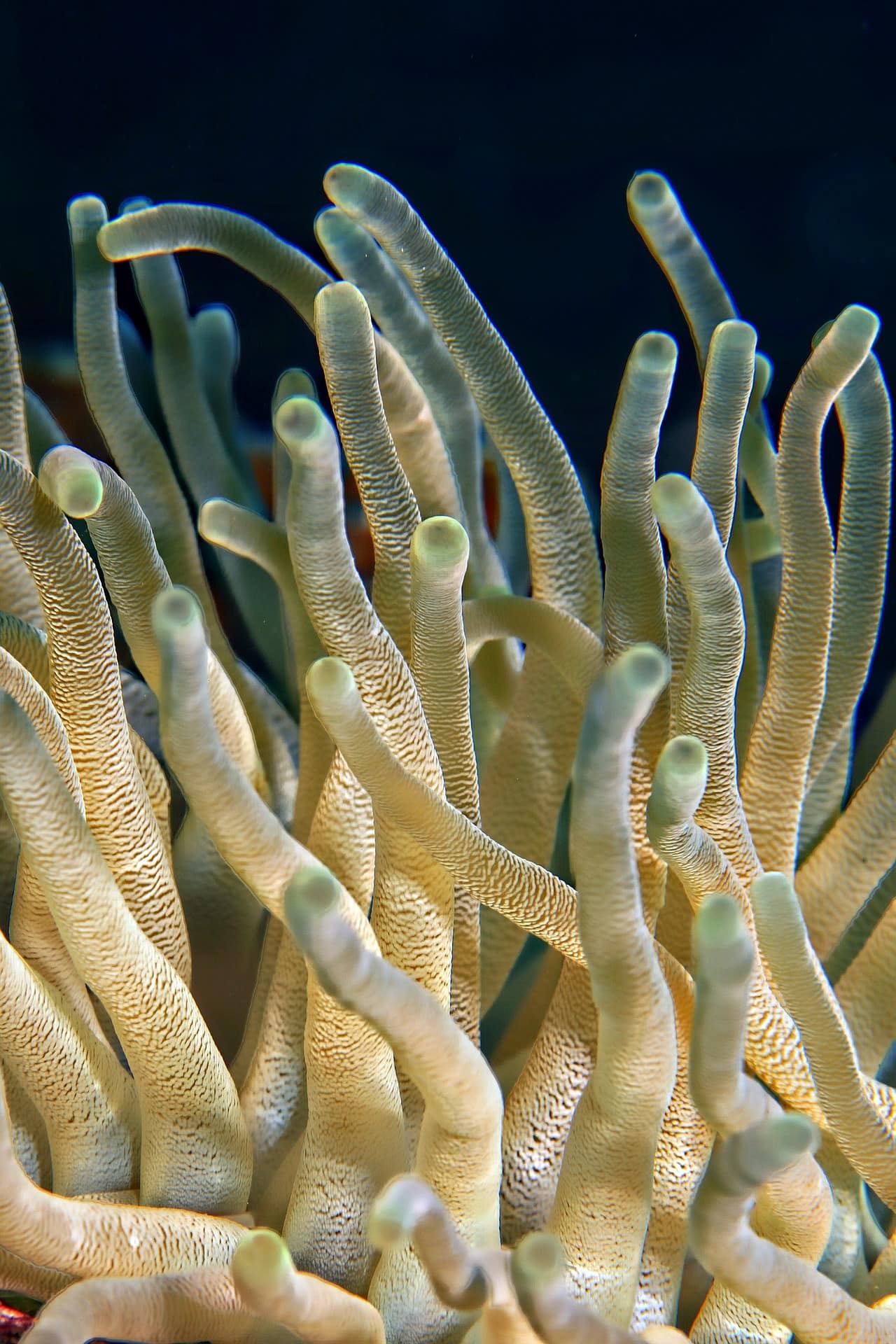
TAKE CARE OF THE BACKGROUND AND COMPOSITION
It is almost as important as your protagonist. A good background will make it stand out or completely destroy the image. The different plants and flowers (anemones, coral, etc.) and the blue tones of the water itself can help you emphasize your protagonist.
How about? Do you dare with underwater photography? A wonderful world to discover and within the reach of few awaits you! And it is also a most summery and refreshing activity. Whether snorkeling, scuba diving, or simply diving "bareback", try to do your best and you will surely get the most amazing images ? Oh, and before diving in, don't forget to share on your favorite social network to that someone else can benefit from it. Thank you very much and until next time ?

